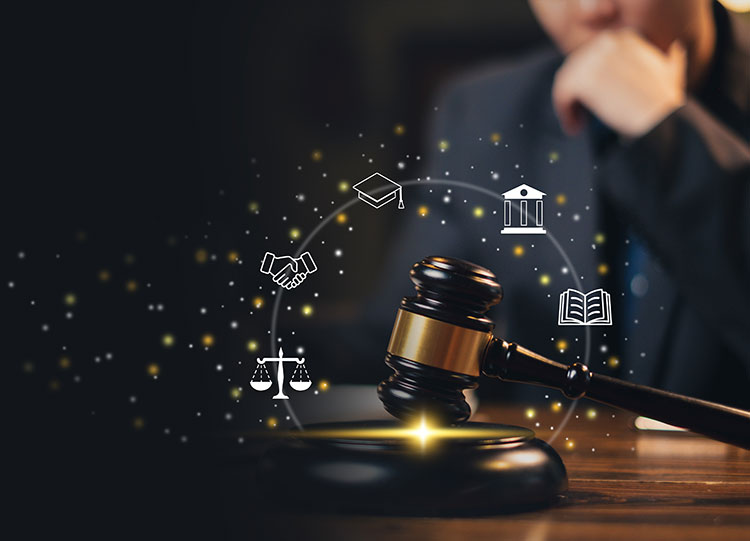The Power of Trial Illustration in Litigation
The Power of Trial Illustration in Litigation
Blog Article

In today's legal world, visual clarity plays a crucial role. Legal teams increasingly use illustration to explain events, scenes, and processes. Companies like legal graphics for personal injury cases LawFX are at the forefront of this visual legal revolution.
Legal Illustration: Explained
Unlike media sketches, these visuals aim to explain—not just depict—key scenes or events from a case. They may include accident reconstructions, injury depictions, or medical procedure visuals. LawFX ensures each piece aligns with legal standards while enhancing testimony.
How LawFX Elevates Legal Communication
Their illustrations are custom-built after consulting with lawyers, witnesses, and experts. Whether for trial, mediation, or depositions, their visuals enhance legal messaging across the board.
Why Use Courtroom Illustrations?
In court, time is short and information is dense. An effective illustration can support or even replace lengthy explanations. This improves juror retention and creates stronger emotional impact during trial.
Courtroom Illustration and Legal Graphics—What’s the Difference?
They're used to organize arguments or highlight key facts. LawFX often combines both to deliver a unified, persuasive presentation strategy.
Practice Areas That Rely on Courtroom Visuals
Litigation consultants recommend illustrations to anchor complex arguments. LawFX also serves mediators and arbitration teams seeking visual clarity during settlement talks.
Where Trial Illustrations Make a Difference
Injury claims, defective products, surgical error cases, and construction failures all benefit from visuals. Medical cases especially require diagrams of anatomy, procedures, or diagnostic errors.
The Illustration Process at LawFX
LawFX begins with a legal consultation and case review. Drafts are created and reviewed with the legal team for accuracy. This collaborative method ensures that every visual is effective, precise, and courtroom-approved.
Illustration’s Role in Juror Decision-Making
Most jurors are unfamiliar with technical language or specialized procedures. This translates into better-informed deliberations and stronger cases overall.
Standards for Courtroom Illustration
Every LawFX visual meets courtroom standards for fairness and accuracy. Avoiding exaggeration or misleading design ensures their work withstands scrutiny and contributes to trial success.
How Legal Art Supports Mediation and Arbitration
They show the strength of a case in ways that copyright cannot. Attorneys use them to influence settlement terms or simplify complex arguments during mediation.
Common Questions About Legal Illustration
What visuals do you create? Courtroom illustrations, trial graphics, 3D models, and digital presentations.
Are they admissible? Yes—they meet evidentiary standards and are reviewed with experts.
What’s the difference between illustrations and trial graphics? Graphics show data; illustrations show events or scenes.
Where can they be used? In court, settlement, depositions, and mediation.
How long does it take? Simple visuals take days, complex ones may take 1–2 weeks.
Why Courtroom Illustrations Matter
They’re no longer optional—they’re essential. For persuasive, professional visuals that tell your story—LawFX delivers.
Report this page